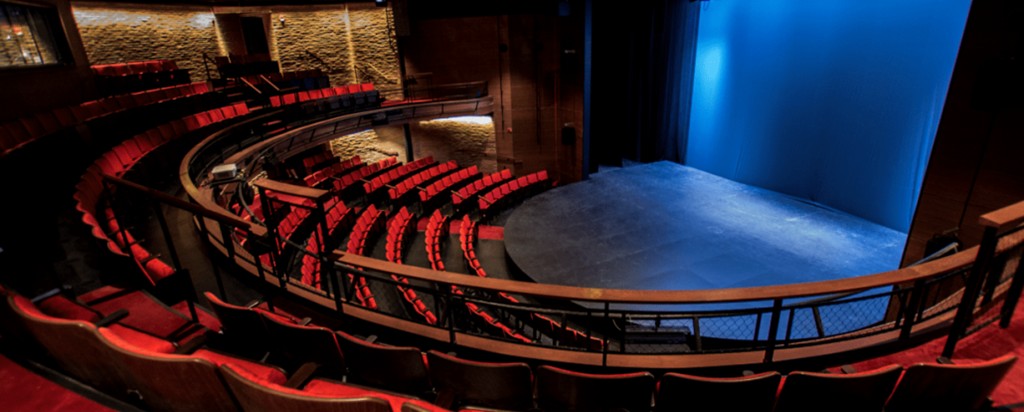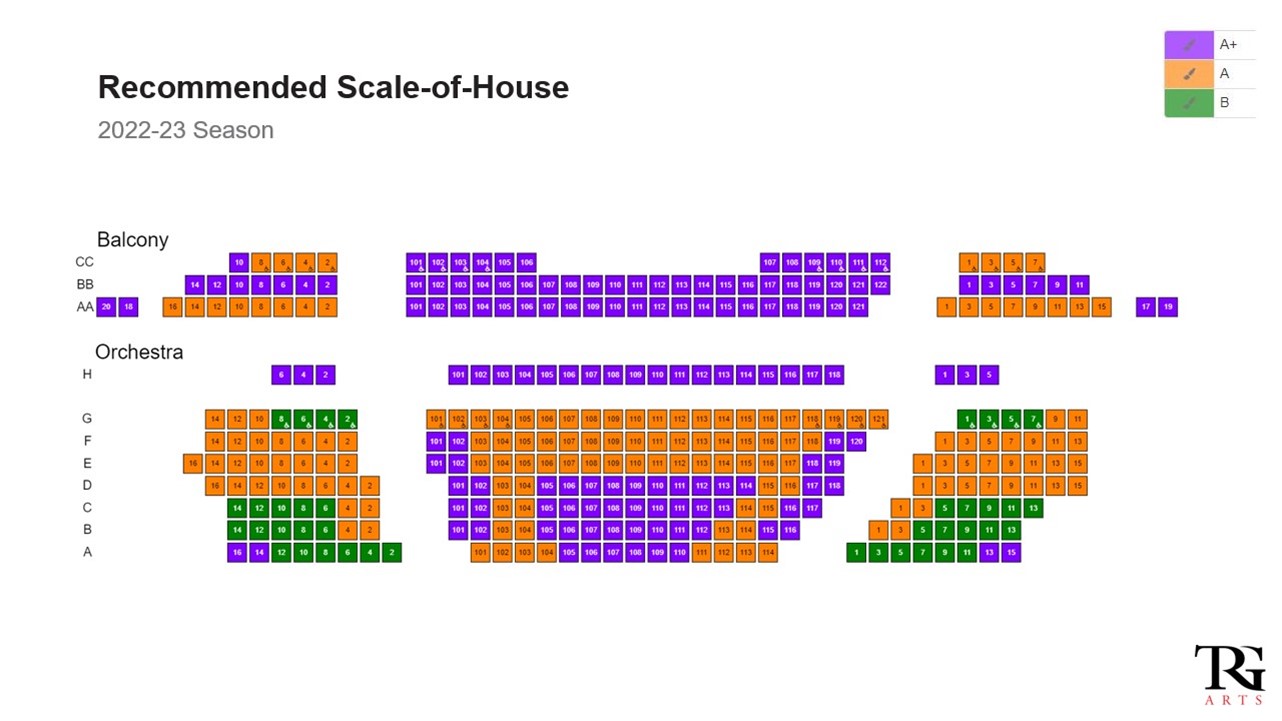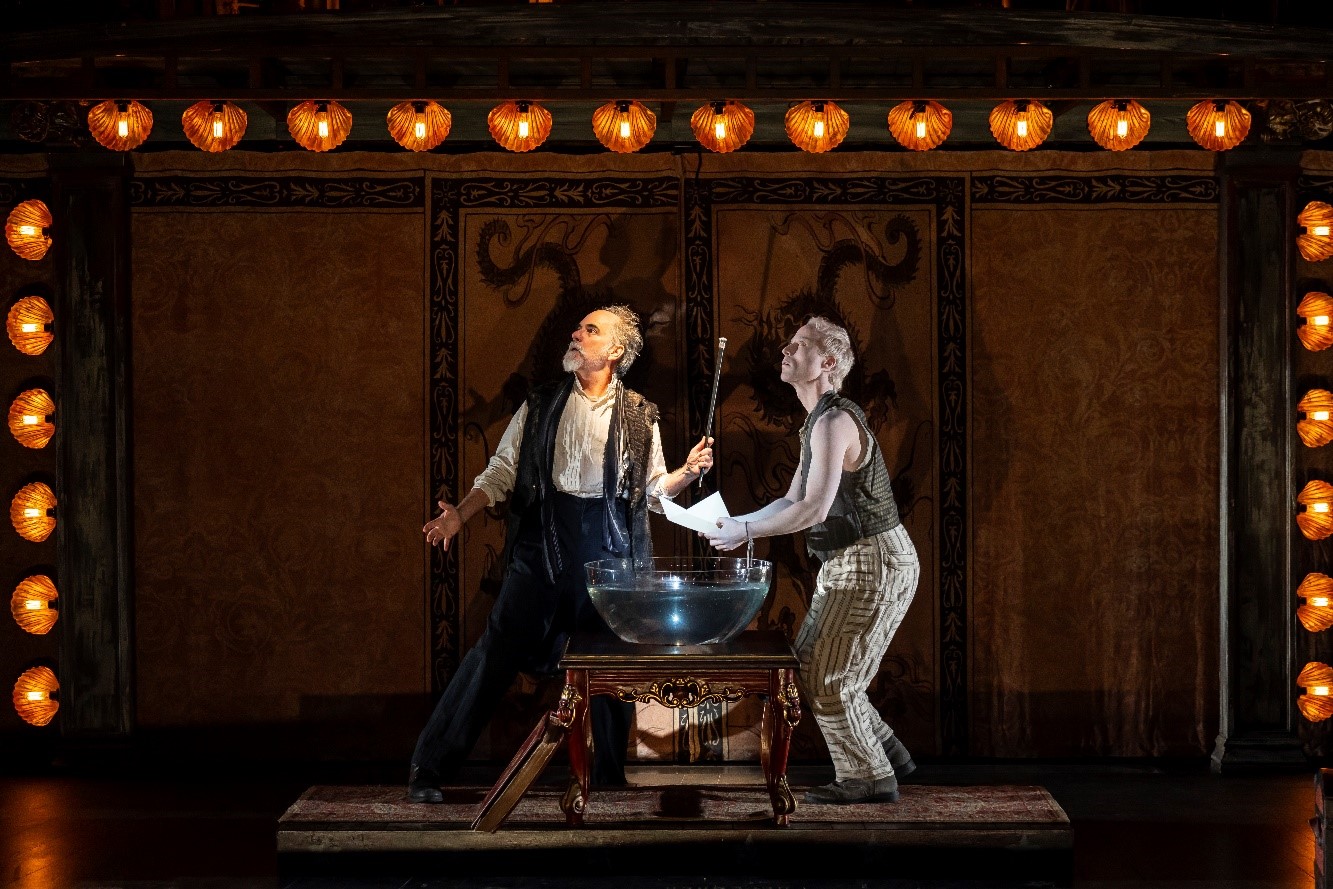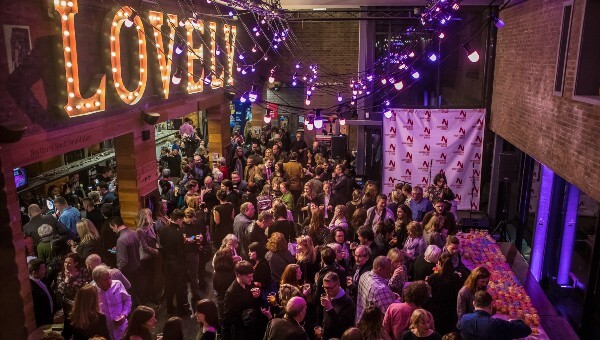How Round House Theatre found their audiences again by focusing on perception of success, inventory management and dynamic pricing
The Background
In the fall of 2019, Round House Theatre, one of the DC area “Big Six” professional theatres, had just completed a renovation of their hall. After only a few months of putting that investment to good use, a global pandemic had the theatre empty. This case study explores the journey of Round House Theatre, and their Capacity Building partnership with TRG Arts, as they worked to find their audiences again by focusing on perception of success, inventory management and dynamic pricing.

Investing in consulting services on the heels of a renovation and while revenue streams are stifled by a pandemic was a gutsy thing to do, Round House Theatre’s team was fully aware of that. Within the challenges they faced, they saw opportunity to reorganize and reopen stronger by engaging TRG Arts in our full-suite consulting package called Capacity Building. “We had a strong audience pipeline before the pandemic, but when all that momentum was disrupted, it made sense to get additional support to help us find our audiences again,” Managing Director Ed Zakreski reflected.
A full-suite engagement like Capacity Building has definitive steps and typically begins with a baseline assessment of a new client’s database, but TRG Arts tailors each client’s journey through those steps to prioritize their unique needs and goals. Round House was about to launch their first subscription renewal campaign since the renovation, but even before the pandemic, they were experiencing many empty seats in highly visible areas and decreasing per capita revenues as performance dates approached. To optimize the new layout of their venue in time for their subscription renewals, demand management was the place to start. “Because we were getting ready to launch our new season,” said Hannah Grove-DeJarnett, Director of Marketing and Communications at Roundhouse Theatre, “we prioritized the demand management work. As we worked to rebuild our audience in emerging from the pandemic, waiting a full season to implement demand-related changes would have been a missed opportunity.” Demand management work consists of three key factors, perception of success, inventory management and dynamic pricing. At TRG, we see these factors as the legs of a stool, without all three, a demand strategy will wobble. Round House was ready to apply these principles to their new season.
Historically, Round House had three pricing tables for subscriptions. The discounted option was for preview days early in the run, the regularly priced subscription excluded Friday and Saturday night performances and the premium option included weekend shows. Through analysis of Round House patrons’ purchasing history over a 5-year period, TRG revealed that these pricing tables were misaligned with real demand. Round House’s data did not reflect that there was higher demand for weekends or for the higher priced shows later in the run. In fact, the complexity of the pricing tables clouded marketing messaging and created difficulty when subscribers needed to exchange performance nights. The discovery that the previous pricing was not serving Round House the way it was intended led to the first step in their demand management work, simplifying pricing and linking it to demand. To do this TRG configures client venues into “heat maps” which clearly show the seats that are in the highest demand or purchased most frequently.

The key to this demand-based scale plan is to not release all seats for sale at one time, but to have additional inventory at all pricing levels each time you release more seats for purchase. Holding seats for release can require extra communication with patrons, such was the case for Round House as they made these changes. “On some performance dates, we had patrons question why they couldn’t immediately buy seats in the balcony or why we were asking them to relocate,” the Round House team recalled. Questions like these offer opportunities to understand what patrons value in seats and deepen relationships by finding the most optimal seat and price for their needs and preferences. TRG supports clients in these communications with recommended messaging developed from years of data and success. At Round House, Hannah and Brian led the work to carefully communicate the changes with their patrons, especially with those whose fixed subscription seats had been identified as high demand and undergone a price increase. “As part of the rezoning, certain seats went up quite a bit in price. We started with a calling campaign, and those who were most affected got the early extra touch. The work was so much more personal than it normally is, because we needed to get at what, exactly, they liked about their seats.”
As Round House Theatre opened its 2022-2023 season, the results of their demand management work were felt immediately. Instead of the traditional horizontal pricing bands resulting in scattered audiences, Hannah remembers seeing the difference the new scale plan made in the feeling of the hall. “The first place we saw an impact was in the perception of success. Even in the earliest, most lightly sold performances, audiences were all down front where we wanted them, and it made the space feel good even when the orchestra was half full. The perception of a well-sold hall—for the audience members and the actors, too—was there even while we were waiting for our audiences to grow.”
As a result of the partnership with TRG, Round House Theatre’s demand strategy now addresses the three key factors needed to effectively manage their greatest asset, seats. They have optimized their perception of success and have a house that fills from front to back and side to side in the most visible areas of the theatre, even in lower demand. The perception of success gives the Round House on-stage talent a chance to perform their best and gives their audiences confidence that their money was well spent on a show at the theatre. In managing their inventory Round House is proactively controlling available seats for each performance currently on sale, holding and releasing as needed. This is the most active step in demand management, which allows Round House to accomplish three seemingly contradictory goals, maximizing revenues, developing relationships, and building better equitable access. Finally, when demand is increasing, Round House deploys dynamic pricing to ensure that revenue on each ticket is going up as the show date nears instead of rewarding late buying patrons with the lowest price tickets.

Currently, Round House is working to convert the momentum of The Tempest, their highest demand show since the pandemic, into the new year. Hannah shared, “For The Tempest, we’ve been seeing inventory management working beautifully. The highest demand dates are selling in a pattern that allows us to maximize revenue. And the less popular dates are filling in a way that, even if we didn’t sell a single additional seat, would feel good for the audience and actors. It’s having the exact effect that we had hoped based on our work with TRG.”
Capacity Building is transformative work, and the Round House team acknowledged that the process of implementing these changes, especially in their compressed time frame before subscription renewals, was a huge lift, but a gratifying one. Identifying the opportunities within the challenges enabled Round House Theatre to be proactive at a time when it would have been easier to simply be reactionary. Brian encouraged other box office managers to not let the way things have always been be a reason to for keeping them that way. “Don’t be afraid to try something different,” he said. Reflecting on all their hard work and success to this point, Hannah highlighted the impact of having additional support in finding Round House’s audiences again. “If you are fortunate enough to find the resources to work with somebody like TRG, the additional brainpower and expertise is so valuable. It has allowed us to trust the process and be patient—to put the pieces in place, follow the plan and track it.”
To learn more about the 3 Key Factors of Demand Management Watch our recent Deeper Dive Webinar



